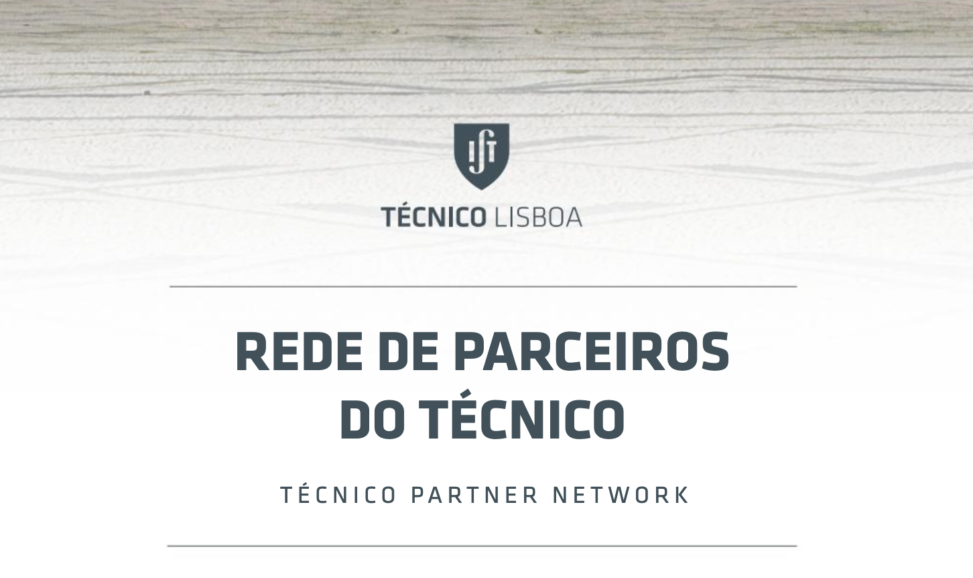The prisoner’s dilemma is a well-known example of a game studied in game theory in which two rational players do not cooperate, even though cooperation is the best outcome for both. In this game, two suspects belonging to a criminal gang are caught by police in possession of illegal weapons, but without sufficient evidence to associate them with the gang. Police separate them into two interrogation rooms, giving each the opportunity to go free if they testify against the other suspect, sentencing him to 10 years. If both agree to testify, each they will both serve a 5-year sentence. If both remain silent, they will be sentenced to 1 year in prison for possession of an illegal weapon. It is not hard to understand that the ideal solution is for both to remain silent, but the risk of the other defection makes non-cooperation the best individual strategy.
In 1984 Robert Axelrod decided to organize a tournament in which he asked fellow academics to design computer programs to play this game repeatedly. The programs could keep in memory the other player’s previous moves. The winning program, called “tit-for-tat”, had only 4 lines and a very simple strategy: in the first game it kept silent (cooperation) and in the next games it repeated the other player’s position in the previous game, ie cooperated if the opponent cooperated in the previous game. In the version of the game with an undetermined number of repetitions, cooperation becomes the best individual strategy.
I raised this because of the annual meeting of the CESAER network, which brings together 53 leading science and technology universities from 25 countries and will take place this month at Paris-Saclay University with a session dedicated to university-industry collaboration. The that I am working with will propose a 4-level collaboration maturity model (emerging, project, structured and strategic) and will present examples of good practice for each maturity level.
In their article on the MIT Sloan Management Review in “How to Create Productive University Partnerships,” Perkmann and Salter (2012) report that companies that do not work with universities are missing out on considerable opportunities. In 2017 alone, the 28 EU countries invested € 70 billion in research and development activities at universities (€ 1 billion in Portugal). Many managers still think traditional technology transfer is the only way to benefit from some of these public investments when companies in England spend about 20 times more on university collaborations than on technology licensing.
These authors also identify two difficulties with university collaborations: the open nature of university research and its focus on long-term challenges. In addition, collaboration is often done in an ad hoc and segmented way, based on personal relationships, without being integrated into a corporate strategy. The difficulty in assuming either a customer-supplier or partnership relationship leaves this relation in the limbo of the company hierarchy and subject to contractual quarrels over confidentiality and intellectual property issues. Establishing or renewing a research contract is, therefore, a painful and time-consuming process.
The example of good practice I will present at the meeting in Paris is the Técnico Partner Network which defines structured collaboration as the standard in the relationship between Técnico and the industry, which currently includes 14 companies. Unlike emerging and project-based collaborations, structured collaboration moves away from the customer-supplier relationship to a partnership relationship with the alignment of interests between the company and the university to deliver value to the customers of both organizations. To this end, the partnership must have a broad time horizon and cover several domains of collaboration.
In the case of the partner network, we have defined a minimum term of 3 years and 5 domains: meeting the talent, more and better talents, innovation accelerator, social responsibility and strategic orientation. The first includes liaison activities with students, such as breakfast with students and company employees. In the second, improving learning processes by sponsoring, for example, masters or doctoral theses of interest to the company. The acceleration of innovation may include projects, innovation challenges or workshops involving researchers and company employees. In the area of ??social responsibility, there may be support for students with economic difficulties or support for student volunteer programs. Finally, the partner companies are also called upon to give their opinion in defining the strategic guidelines of Técnico. The type and amount of initiatives to include in the agreement with each company will define their annual financial commitment, and the details of the organization of the initiatives are left to Técnico and company teams responsible for them.
Collaborations between universities and companies on projects or other short-term initiatives can frequently result in periods of inactivity that leads to disengagement of both parties. Even when protocols are in place, they tend to be terminated for lack of relevant activity. The purpose of the Técnico Partner Network structured collaboration model is to establish a base of frequent activity between the company and the university to which other initiatives or projects with different timeframes can be added.
Like the players of undetermined repetitions of the prisoner dilemma game, universities and companies alike benefit from undetermined repetitions of joint activities.
Adapted from my Jornal i column, March 19th, 2019

 Português
Português